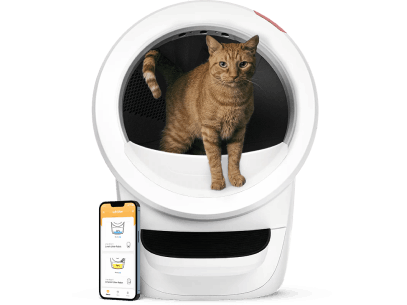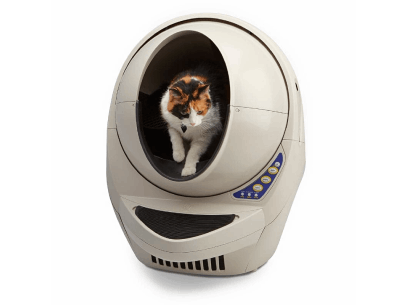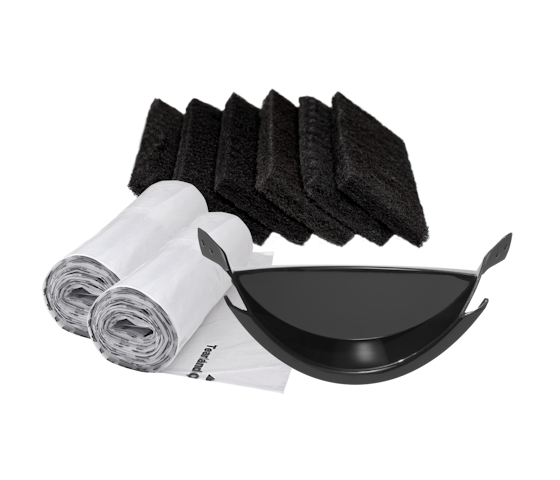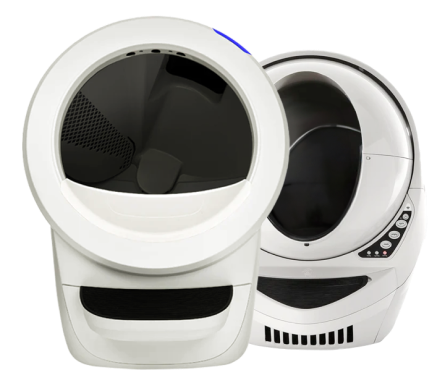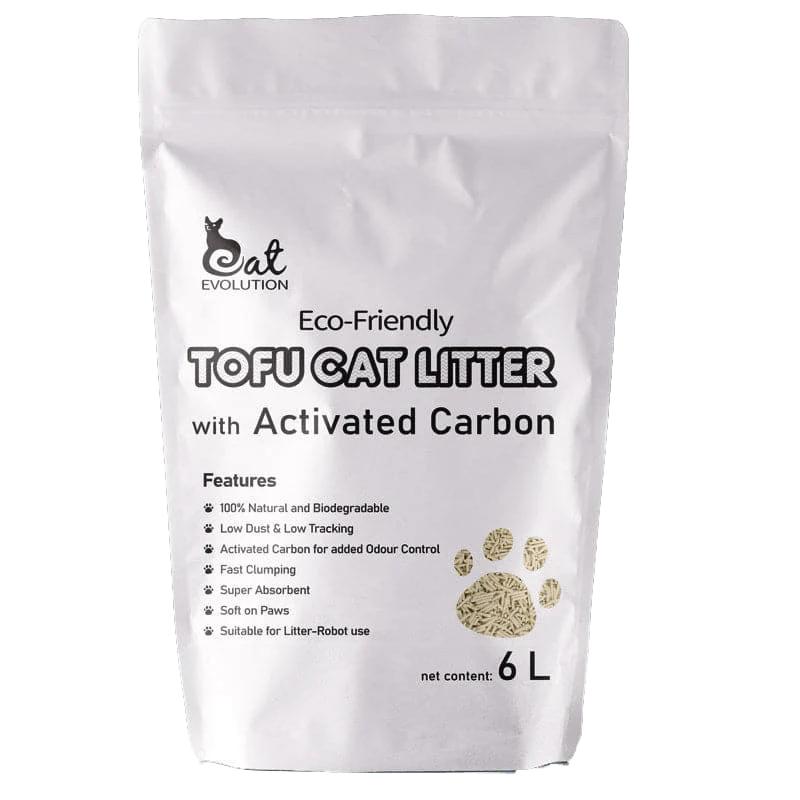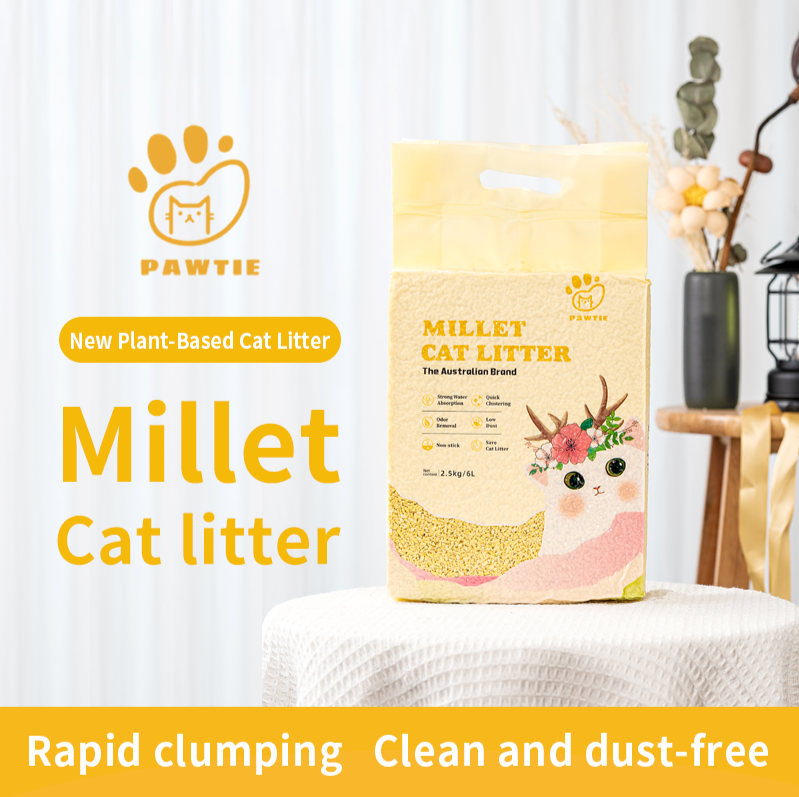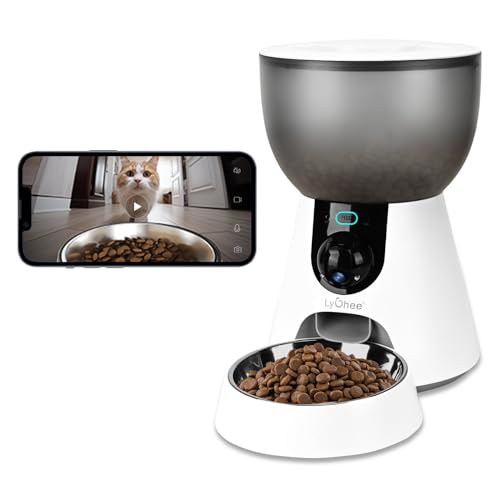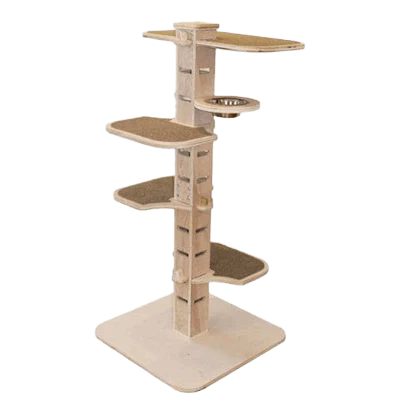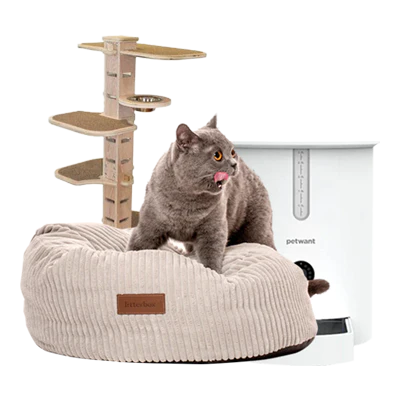Litter box deodorisation plays a key role in keeping your home clean and pleasant when living with cats. Odours from cat waste and moisture build-up can linger without the right care, but modern litter box deodorisers offer practical, effective solutions. From natural powders and activated carbon to enzyme-based sprays, these products help neutralise odours at the source, extending freshness between cleans.
In this guide, we explore how litter box deodorisers work, what to look for in ingredients, how to apply them effectively, and the different formats available. Whether you share your space with one cat or several, this article will help you choose the right deodoriser for your needs, supporting a cleaner, fresher-smelling home.
Why Use a Litter Box Deodoriser?
A litter box deodoriser does more than simply mask smells, it helps neutralise odour molecules such as ammonia and sulphur compounds. Some contain activated carbon to trap unpleasant gases, while others use enzymes to break down organic compounds before they develop strong odours.
In multi-cat homes or smaller living spaces, using a deodoriser alongside high-quality litter helps maintain a more comfortable environment. It’s also a practical way to extend the time between full litter tray changes, saving you time and reducing waste.
What Causes Litter Box Odours?
Unwanted smells often come from the breakdown of urea in urine, which creates ammonia. Faeces also release volatile compounds as they sit in the tray. Without regular cleaning or odour control, these compounds can linger, affecting the overall freshness of your space.
Even with frequent scooping, subtle smells may remain, which is where deodorisers can offer a helpful boost. By targeting the source of odours, rather than covering them with fragrance, these products support a more effective, long-term solution.

Signs Your Litter Box Could Use a Deodoriser
Not sure if it’s time to add a deodoriser to your routine? Look out for:
-
Odour persisting soon after cleaning
-
Litter becoming damp or clumping unevenly
-
A musty smell that lingers in the room
-
Faster-than-usual build-up of unpleasant smells
These are indicators that your current litter system may need extra support — and that a well-formulated deodoriser could improve results.
Types of Litter Box Deodorisers
There are several types of deodorisers available, each with different benefits:
🔹 Granules or Powders
Sprinkled directly into the litter, these offer gradual, ongoing odour absorption. Common ingredients include sodium bicarbonate (baking soda), activated carbon, and natural minerals.
🔹 Sprays
Applied after scooping or when changing litter, sprays provide quick freshness and are great for spot treatments.
🔹 Crystals or Silica Beads
These absorb moisture and help reduce the conditions in which odours form. Some are fragrance-free, while others offer light scent options.

Natural vs. Synthetic Deodorisers
Both natural and synthetic deodorisers have their place:
-
Natural options (like baking soda, carbon, or plant-based enzymes) are gentle, fragrance-free, and eco-conscious.
-
Synthetic options may work faster or last longer but can include strong fragrances or chemical additives.
Choosing between them comes down to your preferences for ingredient transparency, scent profile, and how sensitive your household (and cats) may be to fragrances.
The Power of Activated Carbon
Activated carbon is one of the most effective ingredients for odour control. With a massive surface area per gram, it works by adsorbing (not absorbing) molecules like ammonia from the air and litter.
In litter boxes, carbon is often found in powders or as part of specialised litter blends — like Cat Evolution’s Superior Clay Clumping Litter and Tofu + Activated Carbon Litter — both of which combine fast clumping with ongoing odour control thanks to carbon’s natural filtering power.
Choosing Safe, Effective Ingredients
When selecting a litter box deodoriser, check for the following:
-
Non-toxic, pet-safe ingredients
-
Fragrance-free or naturally scented options
-
No artificial dyes or harsh chemicals
If you're unsure, opt for products labelled as safe for pets, ideally tested or reviewed by cat owners. Avoid heavily perfumed sprays unless your cat is already used to them — some animals are sensitive to strong smells.

When and How to Use a Deodoriser
For best results:
-
Apply granules or powder after each full clean
-
Use sprays after daily scooping to refresh the area
-
Mix a small amount of deodoriser evenly into the litter base layer
-
Clean the litter box thoroughly once a week, then reapply
The frequency depends on how many cats you have, the type of litter used, and how often the tray is scooped.
Pairing Deodorisers With High-Quality Litter
Deodorisers work best when paired with effective, clumping litter that supports easy scooping and moisture control.
For example:
-
Cat Evolution’s Superior Clay Clumping Litter combines bentonite clay with activated carbon to lock in odours and form firm, easy-to-scoop clumps.
-
Cat Evolution’s Tofu + Activated Carbon Litter offers a plant-based, low-dust option with fast clumping and excellent moisture control — ideal for those seeking an alternative to traditional clay.
Both options are Litter-Robot compatible and packed in easy-to-handle multi-packs for added convenience.
Placement Matters
To maximise the freshness of your home:
-
Keep the litter tray in a well-ventilated area
-
Avoid confining it in enclosed cupboards or tight corners
-
Use mats or tray liners to help control tracking and spills
Combining good placement with consistent scooping, cleaning, and deodoriser use makes a noticeable difference in overall air quality.
Frequently Asked Questions
A litter box deodoriser is a product that helps control unpleasant smells by neutralising odour-causing compounds like ammonia. It often uses ingredients such as activated carbon or baking soda to trap or break down smells at the source.
Yes, many deodorisers are formulated specifically for pet use. Choose options labelled as pet-safe, fragrance-free, and free from synthetic dyes or harsh chemicals.
Absolutely. While clumping litter helps isolate waste, deodorisers offer an extra layer of odour control—especially in multi-cat homes or between full tray cleans.
It depends on the product type and number of cats. Powders can be applied after each clean, while sprays can be used daily. A weekly refresh is a good baseline.
Natural deodorisers avoid masking smells with fragrance and instead neutralise odours at the source. They’re often a gentler option, especially for scent-sensitive cats.
